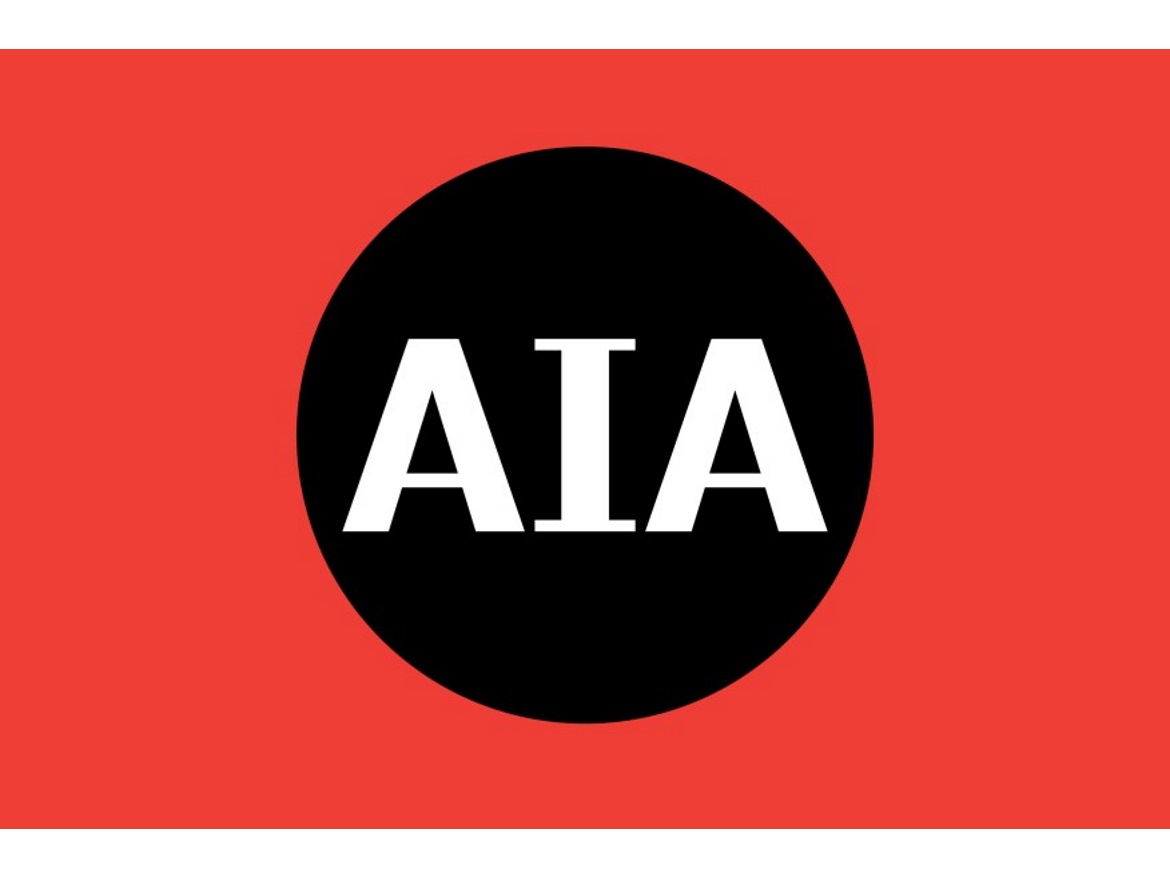AIA’s Small Firm Compensation Report Reveals How Small Firms Weathered the Pandemic

For most positions at small architecture firms, salaries declined or remained essentially flat from 2019 to 2021, according to the American Institute of Architects (AIA) 2021 Small Firm Compensation Report.
As architecture billings continue a strong comeback this year, the AIA Small Firm Compensation Report details pandemic impacts to salaries, employment levels, and firm culture in this important segment of the profession. The Small Firm Compensation Report details how sole proprietorships and firms with fewer than three architectural staff employees experienced the 2019-2021 economic rollercoaster.
Key findings of this year’s report, include:
- Firm leaders saw the steepest compensation declines, most notably solo architects, who saw average annual losses of 6.5 percent if they were sole proprietors, and annual losses of 7.3 percent if they were not sole proprietors.
- Firm principals who are sole proprietors also saw losses, for an average annual decrease of 3.8 percent from 2019 to 2021, while salaries remained basically flat for firm principals who are not sole practitioners, rising by 0.1 percent annually.
Even with the assistance of COVID-19 relief initiatives like the Paycheck Protection Program (PPP), small firms were heavily impacted by the pandemic.
- Average small firm revenue declined by 20 percent, falling from $510,000 in 2018 to $410,000 in 2020.
- The share of small firms with annual revenue of $1,000,000 or more declined from 10 percent of firms in 2018 to 8 percent of firms in 2020.
One of the few compensation practices to increase in prevalence involves benefits related to quality of life and firm culture. Two notable examples are flexible working hours and parental flexibility. The share of firms offering these benefits increased by two percentage points from 2018.
- Small firms with five or more employees led on many of these benefits, with over half offering parental flexibility and office-provided cell phones, tablets and/or laptops to employees; nearly all offering remote work and casual dress; and 78 percent offering flexible working hours.
- Not surprisingly, the share of small firms that offered remote work also increased in 2020, up 14 percentage points from 2018.
- More than half of small firms (55 percent) offered remote work all/ most days of the week in 2020, compared with 2018 when the majority of small firms did not offer remote work options, or only offered it on an ad hoc basis.
- The proportion of full-time staff working remotely also increased to about 79 percent, up 26 percentage points from 2018.
Looking for a reprint of this article?
From high-res PDFs to custom plaques, order your copy today!





